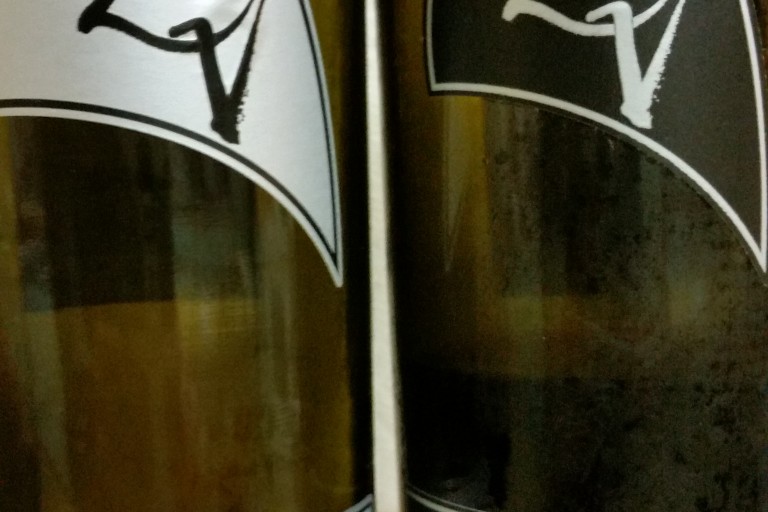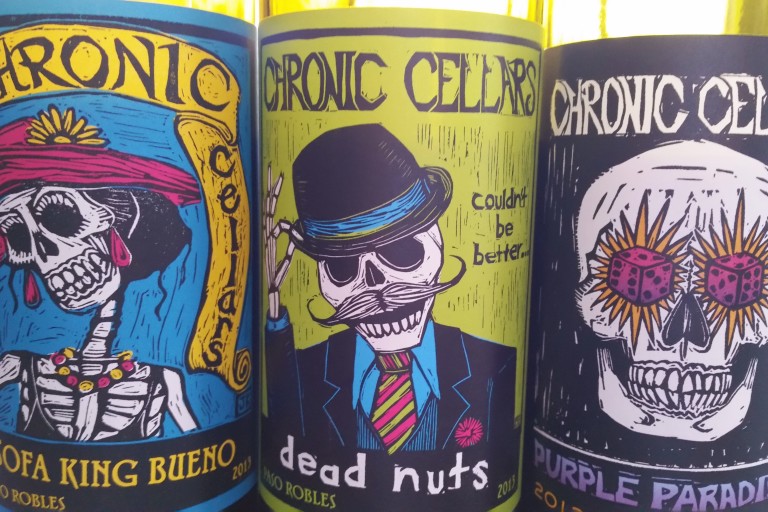More about Nuovo Realta, the new winery group in Piedmont, mainly family-owned small wineries, but with ambitious plans for expansion. You’ll be hearing more about these wineries, so here are their names: Brjnda, F.lli Manzone, La Fusina, La Bruciata, Voghera, and Caldera.
Recently, I traveled to Piedmont and met the producers, and learned about the history of wine in Piedmont, as well. To differentiate their wines, Nuove Realtà has chosen to emphasize the variety of soils where they grow the grapes. From a presentation by Professor Boero of the University of Torino, I learned how grapevines take certain molecules from the soil and rock. Using the plants’ own organic acids, they dissolve elements with ions, convey them through the root hairs and then into the plant. Scientists are now exploring the exact relationship between minerals and taste (I can’t wait!).
Professors at Torino are also studying microclimates and wine history. In the Langhe region, for example, Professor Fratianni is working on documenting a warming trend of 0.7 degrees C (1.3 degrees F), which would change the traditional limits of vine cultivation in Piedmont.
Grapevines have been grown here since the Etruscans, according to Professor Bovio. On the flatter areas, Etruscans trained their wines on live trees flatter areas so they could grow wheat and vegetables in the fields, too; their objective was quantity. On the hillsides, the Romans learned (from quality-motivated Greek winemakers) to grow their grapevines as low bushes or on vertical trellises.
Winemaking has been a documented industry in Piedmont since 1,000 AD. In the 1950s this region supplied 10% of Italian production; now it’s down to 5%, according to the professor.
For more about these and other current Piedmont wines, see my article on PalatePress.com


